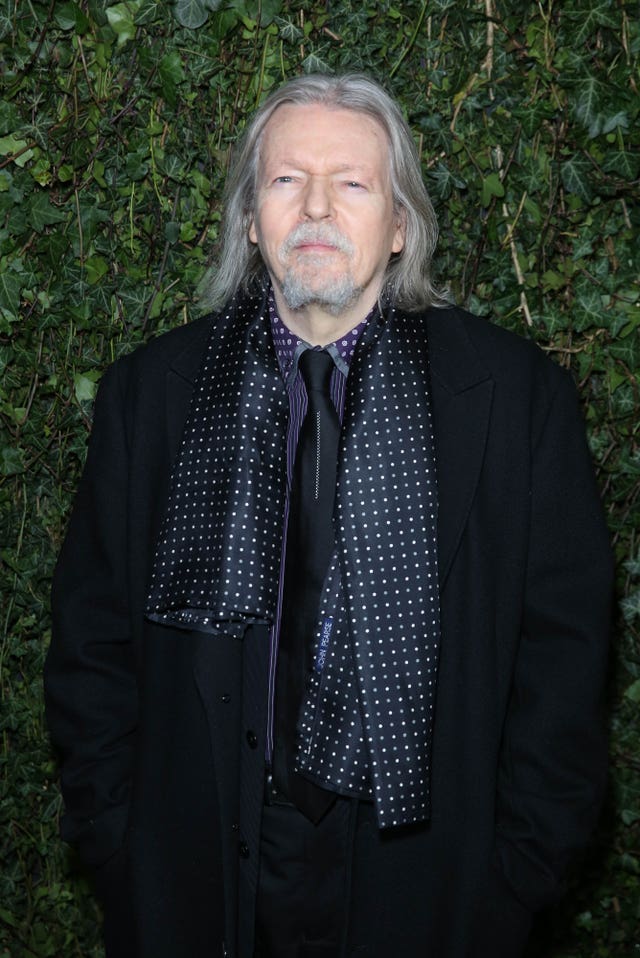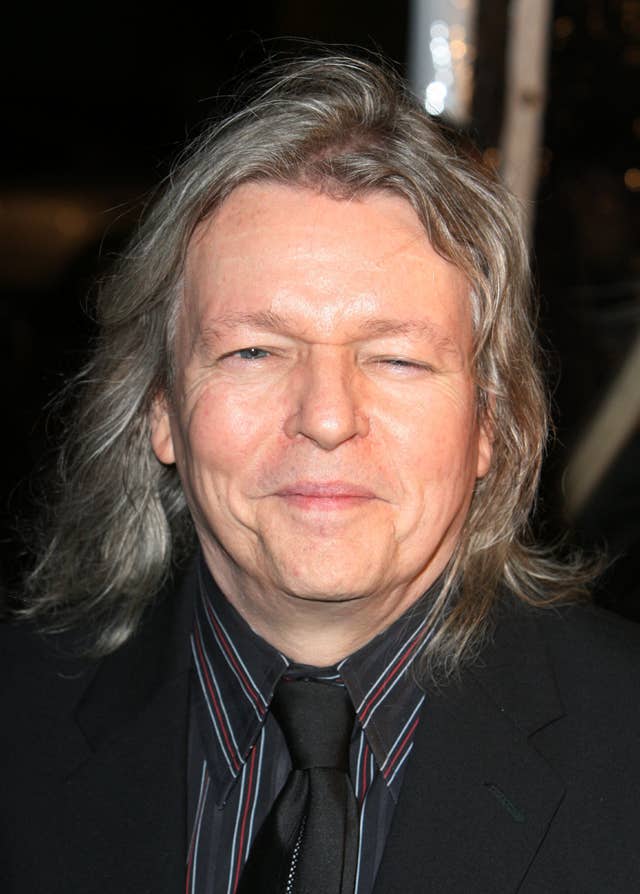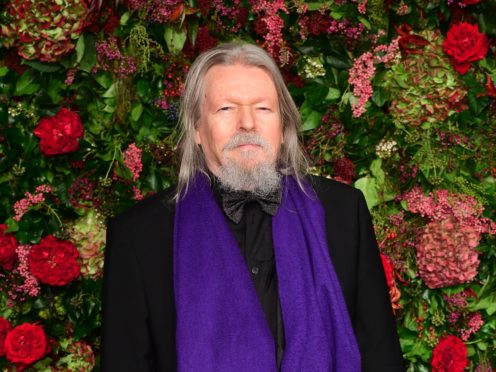Christopher Hampton, the writer behind the film Dangerous Liaisons, has crafted a vast and varied body of work across a five-decade career.
The 73-year-old has worked as a playwright, a director, a screenwriter, a translator and a librettist.
Hailed as a wunderkind following the success of his first major play, Hampton avoided being overwhelmed by the rapidity of his ascent.

For his work he has been honoured with numerous prizes including an Oscar, a Bafta and a Tony Award.
He can now add to that a knighthood after being recognised for services to drama in the New Year Honours.
Hampton is best known for his acclaimed stage adaptation of the book Les Liaisons Dangereuses, and his subsequent screenplay for the 1988 film version starring Glenn Close, John Malkovich and Michelle Pfeiffer.
It won him both an Oscar and a Bafta for best adapted screenplay.
He received another nomination from the Academy for his screenplay for the 2007 film adaptation of Ian McEwan’s Atonement.

Hampton also co-wrote the libretto for Lord (Andrew) Lloyd Webber’s musical Sunset Boulevard alongside Don Black, earning two Tony awards.
Born to British parents in 1946 on the Portuguese island of Faial in the Azores, he spent his childhood living in Aden, Egypt, Hong Kong and Zanzibar, due to his father’s job as a marine telecommunications engineer.
His family were caught up in the Suez Crisis in 1956 and were forced to flee their home in Alexandria at night, leaving their possessions behind.
He attended the independent boarding school Lancing College in West Sussex then studied French and German at Oxford University.
Hampton became the youngest writer to have a play staged in the West End after When Did You Last See My Mother? – which he wrote around his 18th birthday – caught the eye of theatre director William Gaskill.
The show, an exploration of angst and homosexuality, played at the Royal Court Theatre in London, and soon transferred to the West End’s Comedy Theatre in 1966.
Hampton continues to work as a screenwriter and translator of novels.
